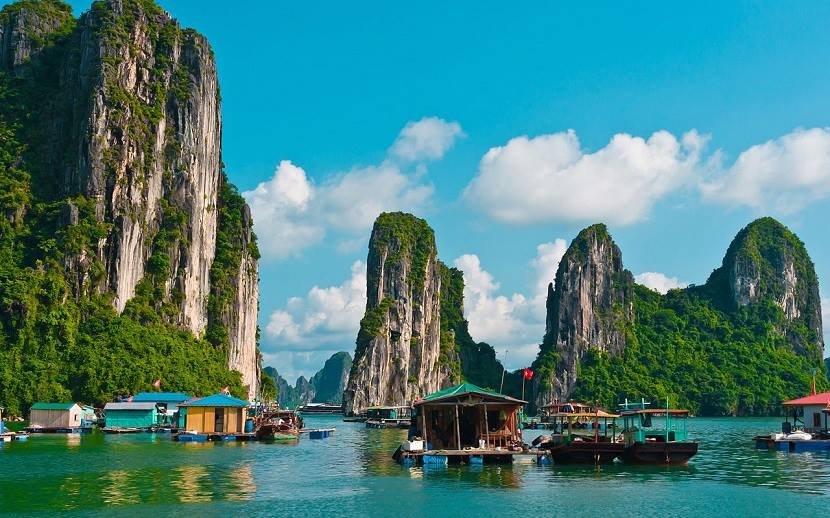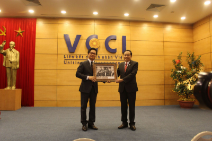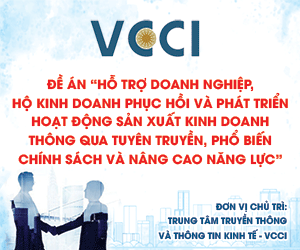Retail Space Supply Abundant Yet Failing to Meet Quality Expectations
Vietnam’s retail market is witnessing notable shifts as demand for commercial space continues to surge amid a shortage of high-quality supply.

Brands are shifting from streetfront to mall spaces, taking advantage of flexible payment and revenue-sharing models
According to the General Statistics Office (GSO), total retail sales of goods and consumer services in February 2025 reached about VND561.7 trillion, down 2.5% from January but up 9.4% year-on-year. While the market shows strong potential, it remains underutilized. Brands must grasp consumer preferences, secure prime retail space, and adapt to shifting shopping habits, supply constraints and strict regulations.
Dynamic demand and emerging consumer trends
A report by IFM Research forecasts that Vietnam’s consumer confidence index in 2025 is expected to rise moderately by 4.11% (inflation-adjusted), with spending concentrated on essentials, education, food and beverages, and healthcare. GSO statistics for the first two months of 2025 confirmed this trend, with retail revenue rising in key sectors: cultural and educational products (15.9%), food and groceries (9.9%), apparel (9%) and household goods (6.8%). The growing demand for essentials has pushed brands to expand their retail networks.
Savills Asia-Pacific highlighted that key drivers of retail leasing demand in Vietnam in 2025 will be supermarkets, food and beverage (F&B), and entertainment sector, particularly in Hanoi and Ho Chi Minh City (HCM City). A survey by Savills on 600 retail transactions in HCM City in 2024 revealed that F&B accounted for nearly one-third of newly leased space, followed by fashion (24%) and entertainment (17%). The expansion of major brands like Poseidon, Galaxy Cinema, Muji, Uniqlo and Nitori raised retail space occupancy in HCM City to 93% in 2024, up two points. In Hanoi, international giants such as Lotte Group and Central Retail are strengthening their presence in 2025.
Supply constraints and streetfront retail decline
Despite strong leasing demand, the market is grappling with a shortage of high-quality retail space. Tu Thi Hong An, Senior Director of Commercial Leasing at Savills HCM City, said that the city's supply is expanding more slowly than expected. In 2025, two new projects namely Marina Central Tower and Lancaster Legacy will launch in the central area, but given the city's large market and strong leasing demand, this remains insufficient to drive major change. “The scarcity of quality retail space will persist for the next three years, intensifying competition for prime locations. Brands must adopt creative and flexible leasing strategies to optimize business efficiency,” An commented. Beyond shopping mall shortages, streetfront retail space in both HCM City and Hanoi are losing appeal, particularly for international brands. She noted that foreign retailers have strict standards for location, building quality, legal transparency, fire safety and licenses - standards that most streetfront spaces fail to meet.
In Hanoi, Hoang Nguyet Minh, Senior Director of Commercial Leasing at Savills Hanoi, added that streetfront rental prices have soared, accompanied by strict payment terms requiring six months to a year’s advance payment. “This creates financial pressure on businesses, especially those needing to optimize cash flow,” Minh emphasized. Hanoi and HCM City are showing contrasting market dynamics. While HCM City struggles with limited high-quality supply, Hanoi is benefiting from upcoming retail developments and brand expansions. She noted that Lotte Mall Westlake's success is driving brands to expand in the capital and developers to upgrade retail spaces. F&B brands are also shifting from streetfront to mall space, leveraging flexible payments and revenue-sharing models. She predicted that this shift to Hanoi will attract both brands and major southern investors, such as Keppel’s Hanoi Centre project (following its success with Saigon Center) and Thiso Mall, which is set to debut in Hanoi in 2026 after launching three successful projects in HCM City. By late 2025, Hanoi’s retail market is expected to gain an additional 140,700 sqm of commercial space from four shopping malls and three retail podiums, with a further 174,100 sqm to be added between 2026 and 2027 from seven new projects.
The contrasting landscapes of HCM City and Hanoi reflect both challenges and opportunities in Vietnam’s retail sector: HCM City faces supply shortages that force brands to adapt, while Hanoi offers growth potential with new developments and southern investment. However, both cities struggle with the declining appeal of streetfront retail, necessitating financial flexibility from businesses. To thrive, brands must grasp consumer needs, adopt agile leasing strategies, and maximize resources in an increasingly competitive and supply-constrained market.








